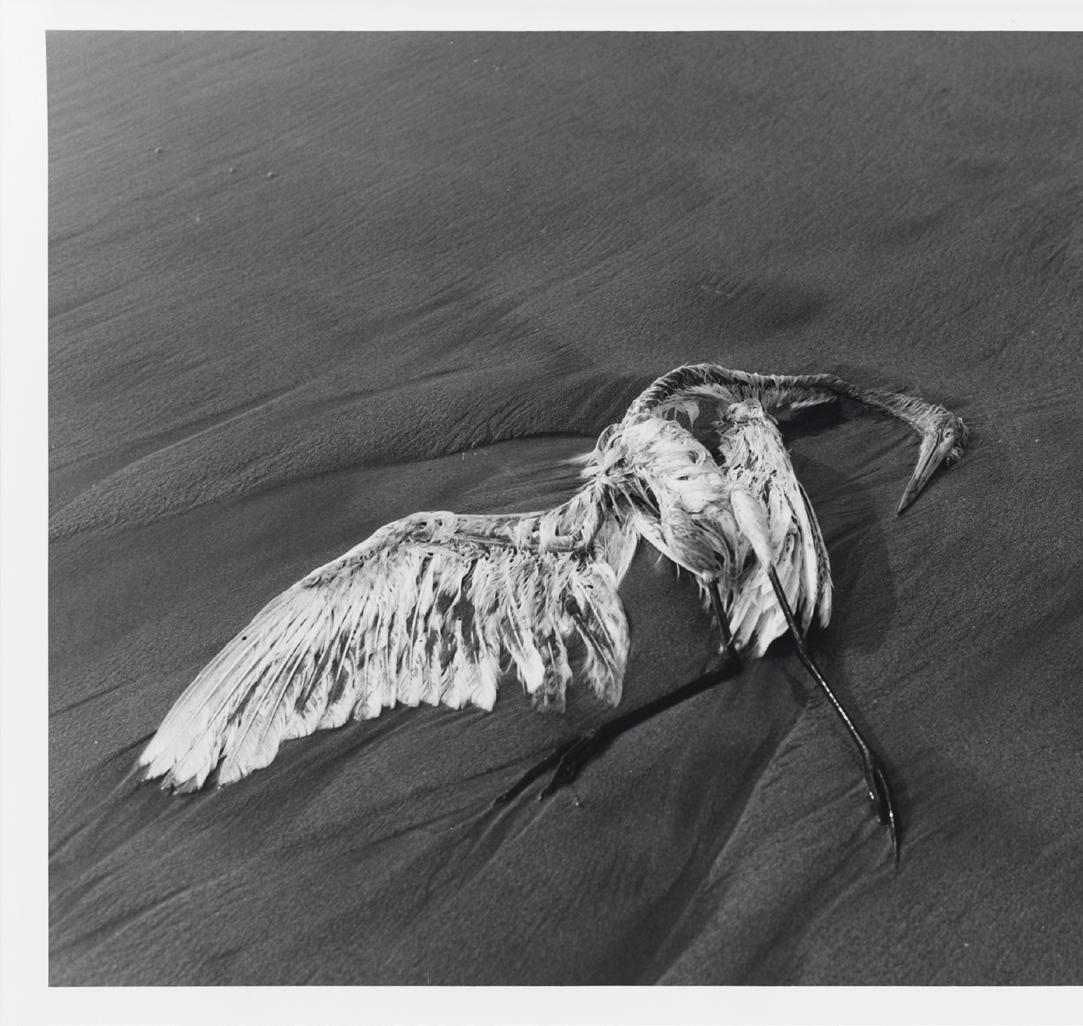
1 minute read
Mervin Jules — Dust, ca. 1936

Mervin Jules (American, 1912–1994)
Dust
ca. 1936 Lithograph on paper 7 3/4 x 14 3/8 in Mary and Leigh Block Museum of Art, Northwestern University, 1994.107
Mervin Jules’s Dust pictures a vacant farm—the land and equipment covered with ripples of blown soil. The epic storms were the results of actions taken to cultivate more cropland and to increase productivity and profitability. Agricultural practices, such as clearing trees and grasslands, eroded the soil and created dust storms, or “black blizzards,” that had devastating impact. The very practices that were meant to increase production became a source of economic and ecological misery, as well as displacement and poverty.
The Dust Bowl was an example of extreme agricultural practices that went terribly wrong. The direct and detrimental effect that large-scale farming had on farmers in the early 1930s might continue to serve as a cautionary tale. As author Hope Jahren reminds us, there is a direct link between our desires for more of everything and the imperiled state of our planet. She notes that while food production has tripled since the late sixties, a sign of prosperity and abundance, much of it goes to waste as we endanger our farms, ourselves, and our planet.










